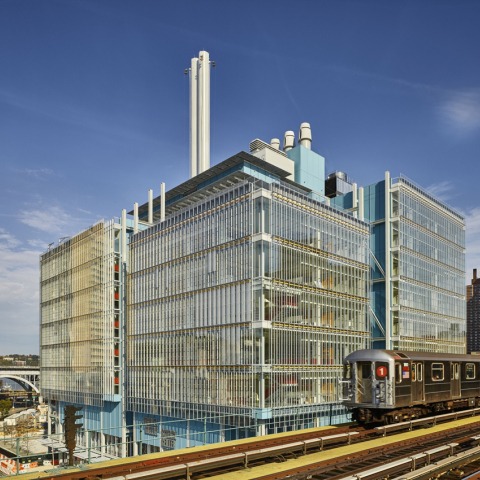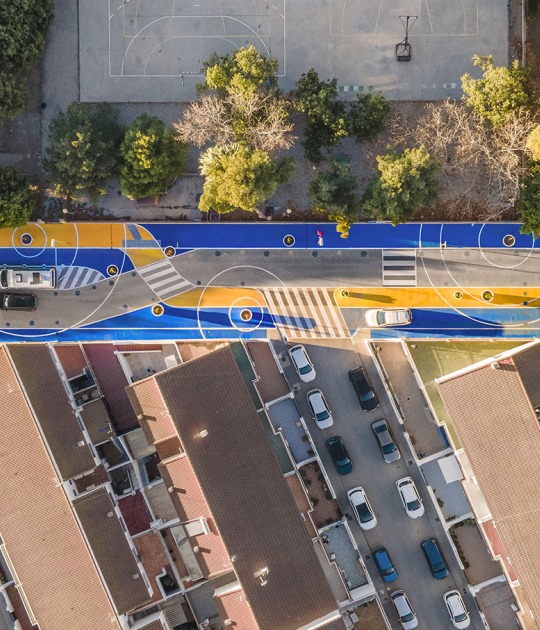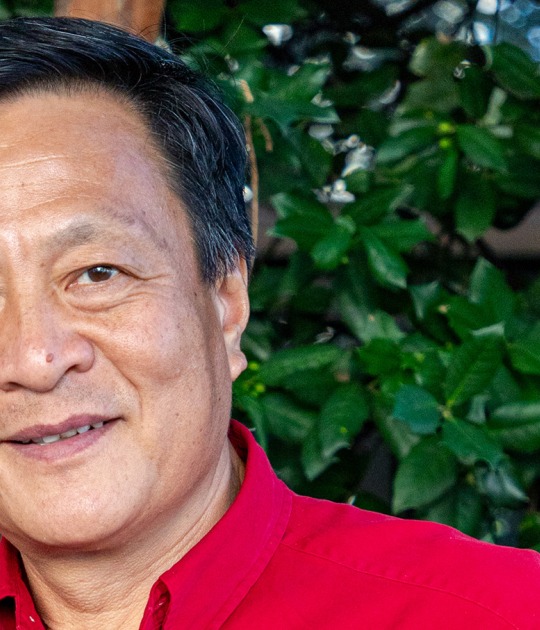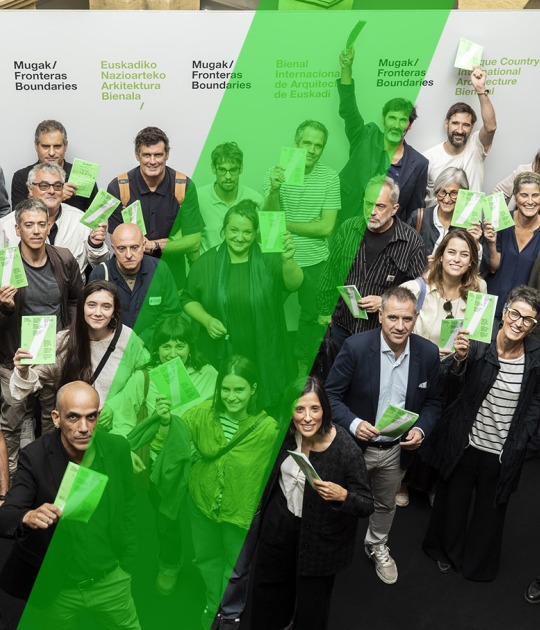Descripción del proyecto por RPBW
The proposed Manhattanville Campus is a vision for a new campus of the 21st century, rooted in a commitment to diversity and accessibility, while at the same time meeting the growing space needs of the University. This 631,740 sq m long-term master plan will include academic, research, recreational, residential, administrative, and support space for the University, as well as publicly accessible open space and commercial, cultural, and social spaces, seeking to actively engage with the community.
Perhaps the overriding feature of the overall scheme is its permeability. Unlike the gated campus just five blocks south at Morningside Heights, the Manhattanville development is designed to be part of the neighbourhood and open to all. University programs have been pushed up a floor or more above street level, creating what has been termed the “Urban Layer”, whereby the ground floor of each building on the new campus will be devoted to public activity. Retail, restaurants, galleries and performance spaces, health clinics, community meeting space and a variety of University–community partnerships will fill this hybrid space, accessible to all.
Throughout the new Manhattanville Campus, all streets will remain public and open to vehicular traffic, and pedestrian access through the campus will be enhanced by tree-lined streets and widened sidewalks connecting the campus and the neighbourhood to the Hudson River Waterfront Park. Together with the “Urban Layer”, a network of large and small open spaces and a north–south pedestrian route weaves the campus together.
The master plan will be completed in successive phases, the first of which is a triangular area located at the southern end of the overall site between 125th Street and 130th Street, and bound on the east and west by Broadway and Riverside Drive. This first phase, already under construction, includes the Jerome L. Greene Science Center (housing the Zuckerman Mind Brain Behavior Institute), the Lenfest Center for the Arts (housing the School of the Arts and the Wallach Gallery), a shared meeting building called the Forum, and potentially the future School of International and Public Affairs. These buildings are to be centred around a public open space, landscaped with trees and lawns, which will serve as the threshold and entrance lobby into the development.
The accessibility and transparency of the street level throughout the new development has largely been achieved by the relegation of support space to underground levels, with the construction of a central energy plant which will eventually provide for phase 1 and phase 2.
The US Green Building Council has awarded Columbia University’s Manhattanville Campus plan its highest LEED Platinum. This designation represents the first LEED-ND Platinum certification in New York City and the first for a university plan nationwide.
The first buildings of the new campus, the Jerome L. Greene Science Center and the Lenfest Center, are due to be completed in June 2016. The Forum will be achieved early 2017.
Renzo Piano has teamed up with SOM for the design of Columbia University new Manhattanville Campus Masterplan. The first phase of the Harlem development is on site, and includes four buildings designed by Renzo Piano Building Workshop (RPBW): the Jerome L. Greene Science Center, the Lenfest Center for the Arts, the Forum, and the School of International and Public Affairs. A promising proposal come to life.
Columbia University has always been an urban institution and in this occasion is Renzo Piano Building Workshop who, in collaboration with Skidmore Owins and Merrill, has been assigned to turn this concept into a Campus Masterplan. The whole plan, as well as each of the buildings the practice is on charge of are a reflection of this sense of community spread out by the well-known university: Through the creation of a great public area located in the mail floor, Piano takes the general public and some partnered services to the university stage, in order to generate a diverse cultural environment which goes beyond the unidirectional education systems. The new campus will be a place of research and knowledge production integrated with the city, in close contact with its social reality, street culture and energy.
More information
Published on:
October 26, 2016
Cite:
"Columbia University Campus Masterplan, the perfect collaboration between Renzo Piano and SOM" METALOCUS.
Accessed
<https://www.metalocus.es/en/news/columbia-university-campus-masterplan-perfect-collaboration-between-renzo-piano-and-som>
ISSN 1139-6415
Loading content ...
Loading content ...
Loading content ...
Loading content ...
Loading content ...
Loading content ...
Loading content ...
Loading content ...
Loading content ...
Loading content ...
Loading content ...
Loading content ...
Loading content ...
Loading content ...
Loading content ...
Loading content ...
Loading content ...
Loading content ...
Loading content ...
Loading content ...
Loading content ...
Loading content ...
Loading content ...
Loading content ...
Loading content ...
Loading content ...
Loading content ...
Loading content ...
Loading content ...
Loading content ...
Loading content ...
Loading content ...
Loading content ...
Loading content ...
Loading content ...
Loading content ...
Loading content ...
Loading content ...
Loading content ...
Loading content ...
Loading content ...
Loading content ...
Loading content ...
Loading content ...
Loading content ...
Loading content ...
Loading content ...
Loading content ...
Loading content ...
Loading content ...
Loading content ...
Loading content ...
Loading content ...
Loading content ...



























































